Archives
- 2025-12
- 2025-11
- 2025-10
- 2025-09
- 2025-03
- 2025-02
- 2025-01
- 2024-12
- 2024-11
- 2024-10
- 2024-09
- 2024-08
- 2024-07
- 2024-06
- 2024-05
- 2024-04
- 2024-03
- 2024-02
- 2024-01
- 2023-12
- 2023-11
- 2023-10
- 2023-09
- 2023-08
- 2023-07
- 2023-06
- 2023-05
- 2023-04
- 2023-03
- 2023-02
- 2023-01
- 2022-12
- 2022-11
- 2022-10
- 2022-09
- 2022-08
- 2022-07
- 2022-06
- 2022-05
- 2022-04
- 2022-03
- 2022-02
- 2022-01
- 2021-12
- 2021-11
- 2021-10
- 2021-09
- 2021-08
- 2021-07
- 2021-06
- 2021-05
- 2021-04
- 2021-03
- 2021-02
- 2021-01
- 2020-12
- 2020-11
- 2020-10
- 2020-09
- 2020-08
- 2020-07
- 2020-06
- 2020-05
- 2020-04
- 2020-03
- 2020-02
- 2020-01
- 2019-12
- 2019-11
- 2019-10
- 2019-09
- 2019-08
- 2019-07
- 2019-06
- 2019-05
- 2019-04
- 2018-07
-
br Acknowledgments Denise Fernandes acknowledges a postdoc f
2019-11-29
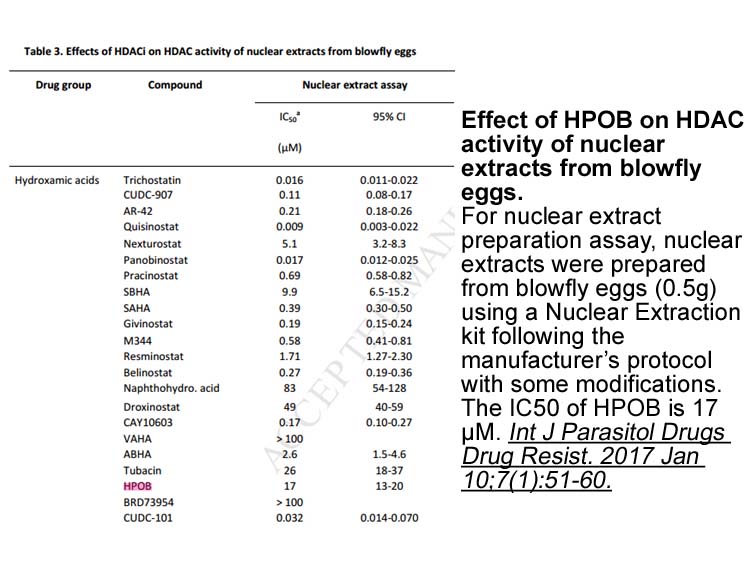
Acknowledgments Denise Fernandes acknowledges a postdoc fellowship (SFRH/BPD/34289/2006) from the Portuguese Fundação para a Ciência e Tecnologia (FCT) of the Ministry of Science and Technology of Portugal. This work was supported by the Spanish National Plan for Research (Project Ref. CGL2011-24
-
flecainide acetate In brief while previous studies have eval
2019-11-29
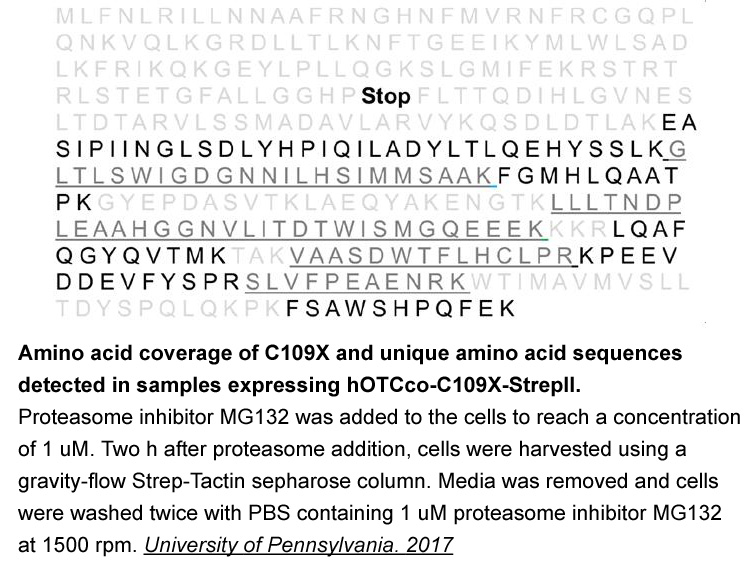
In brief, while previous studies have evaluated the individual roles of VDR and ER signaling pathways in breast cancer, in the present study we performed an in silico approach for comparative evaluation of these pathways. Considering the complex interaction networks in the context of cancer, such co
-
Compared to ET all agonists tested showed a fold
2019-11-29
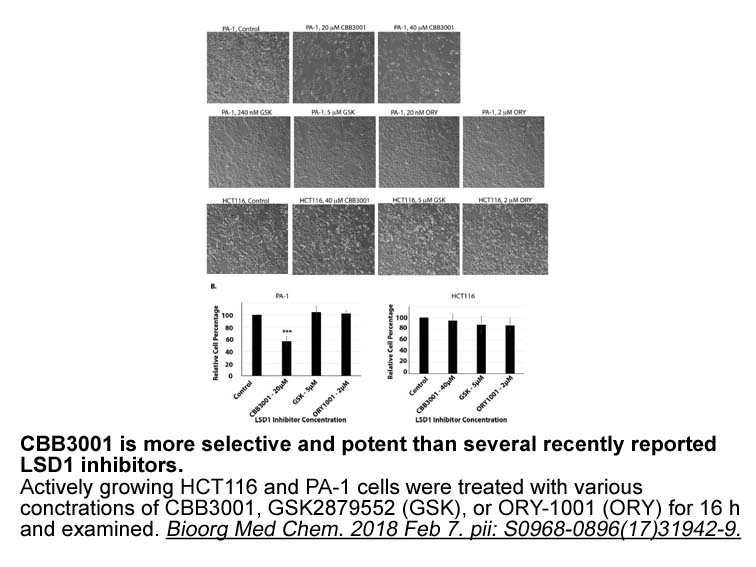
Compared to ET-1, all agonists tested showed a 2–4 fold bias for the G protein constrictor assay compared to the β-arrestin assay (Table 1). This preliminary analysis indicated that at least modest pathway bias for endogenous ET peptides is possible, however the physiological significance of this, i
-
Recently a method for in
2019-11-29
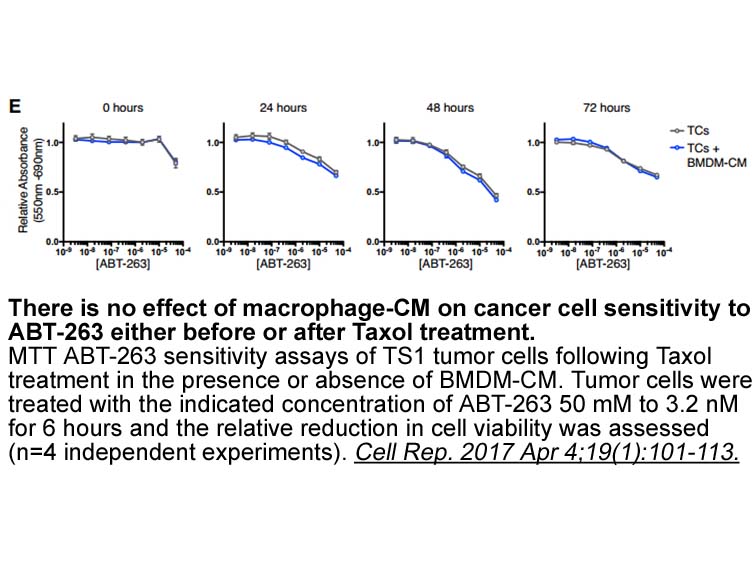
Recently, a method for in vivo photoactivation of SAR405 expressing PA-GFP in precise microanatomical compartments was described (Victora et al., 2010), which makes it possible to optically mark Tfh cells and track them 20 hr later (Shulman et al., 2013). Unexpectedly, it was reported that Tfh cell
-
In addition to playing important roles in
2019-11-29
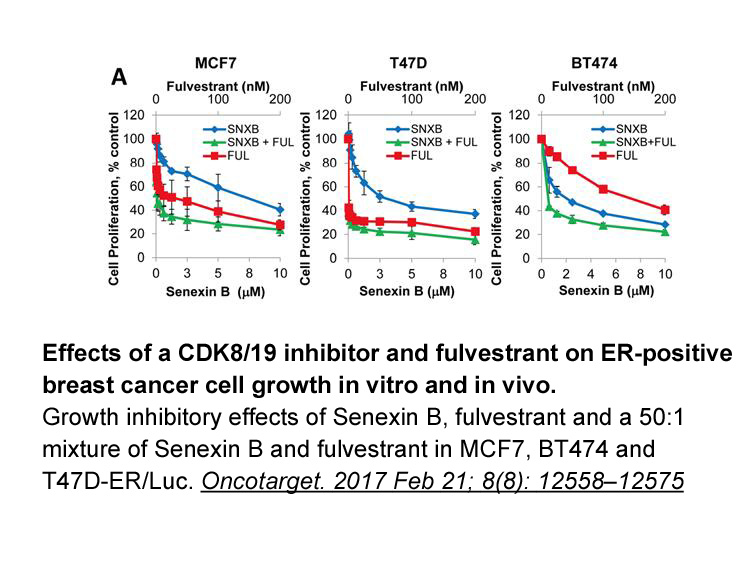
In addition to playing important roles in the immune system, EBI2 is also expressed in the LY 294002 of the central nervous system (CNS), namely astrocytes, and this receptor regulates astrocyte signalling, as well as astrocyte cell migration (Rutkowska et al., 2015, Rutkowska et al., 2016a). Moreo
-
2-Deoxyadenosine 5-diphosphate In contrast crystal structure
2019-11-29
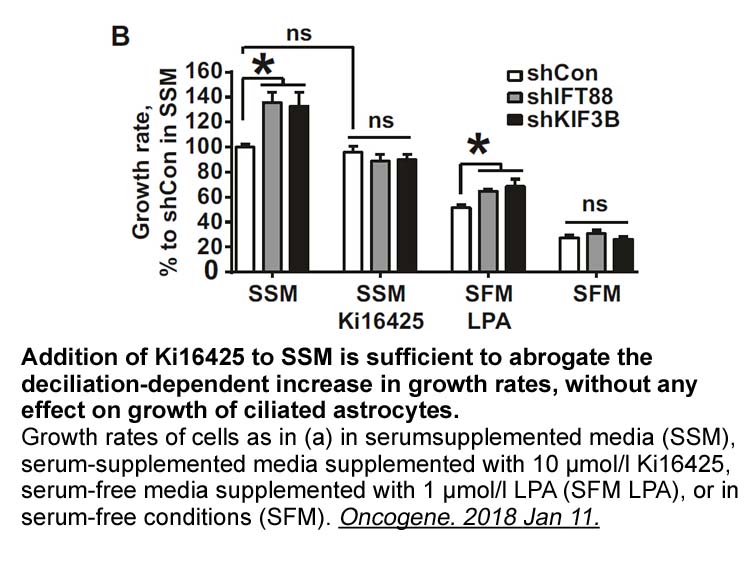
In contrast, crystal structures of the oxyester-linked Ubc13 and UbcH5b conjugates (Eddins et al., 2006, Sakata et al., 2010), and the NMR structure of the disulfide-linked UbcH8 conjugate (Serniwka & Shaw, 2009), revealed distinct open conformations (Fig. 10.3). In part, differences in the position
-
A 419259 trihydrochloride The in vitro cytotoxicity of the
2019-11-28
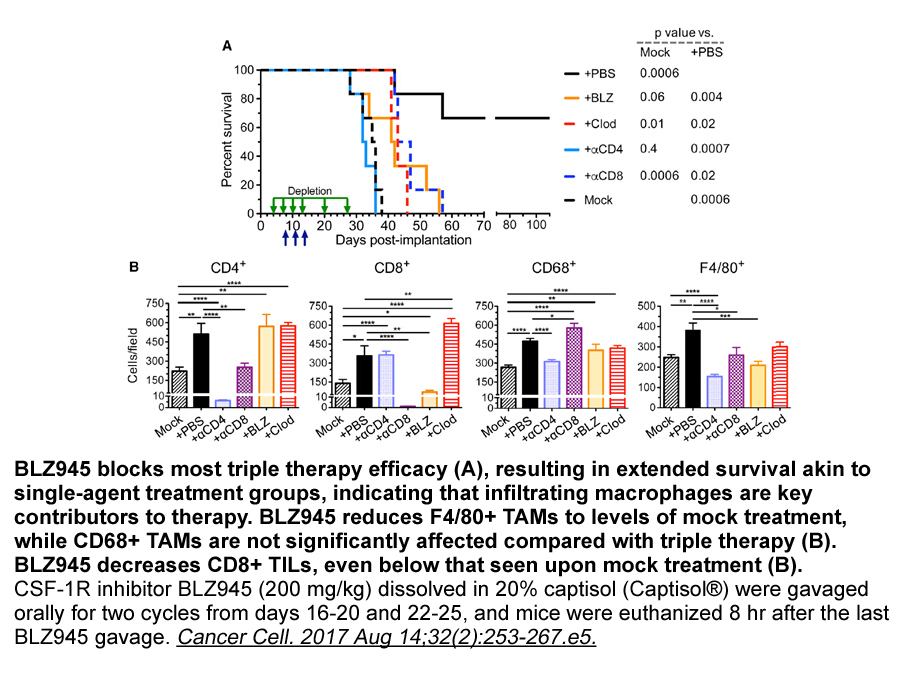
The in vitro cytotoxicity of the prodrugs was assessed in the LS174T human colon cell line (). The results were found to reflect the stability of the prodrugs, with the unstable urea compounds ( and ) giving relatively poor cytotoxicity differentials between prodrugs and parents (i.e., approximately
-
The majority of pro inflammatory cytokines are regulated by
2019-11-28
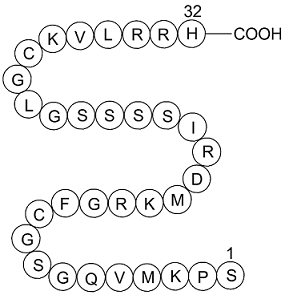
The majority of pro-inflammatory cytokines are regulated by NFκB, and recently, it has been found that p38 MAPK partly regulates NFκB-driven gene BI-7273 australia by increasing the association of the basal transcriptional factor, TATA-binding protein, with the C terminus of p65 subunit of NFκB and
-
In the current study we monitored different groups at
2019-11-28
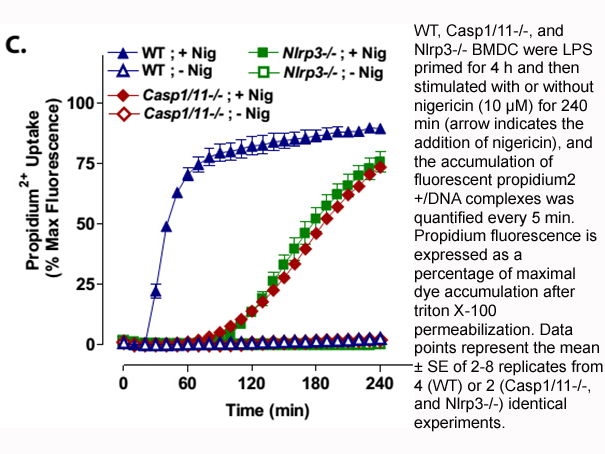
In the current study, we monitored different groups at risk for CMV reactivation. Similar to the findings from other groups, we observed CMV-reactivations with high-level viremia mostly during the first three months after alloHSCT only in the (D−/R+) and (D+/R+) group [[23], [24]]. Increasing IFN‐γ
-
br Conclusions CK inhibition protects young and aging WM fun
2019-11-28

Conclusions CK2 inhibition protects young and aging WM function against an ischemic episode by preserving oligodendrocytes and axonal structure by maintaining mitochondrial integrity. CK2 recruits CDK5 and AKT/GSK3ß signaling to mediate WM ischemic injury in a differential spatiotemporal manner s
-
To date little is known about mode of action or
2019-11-28
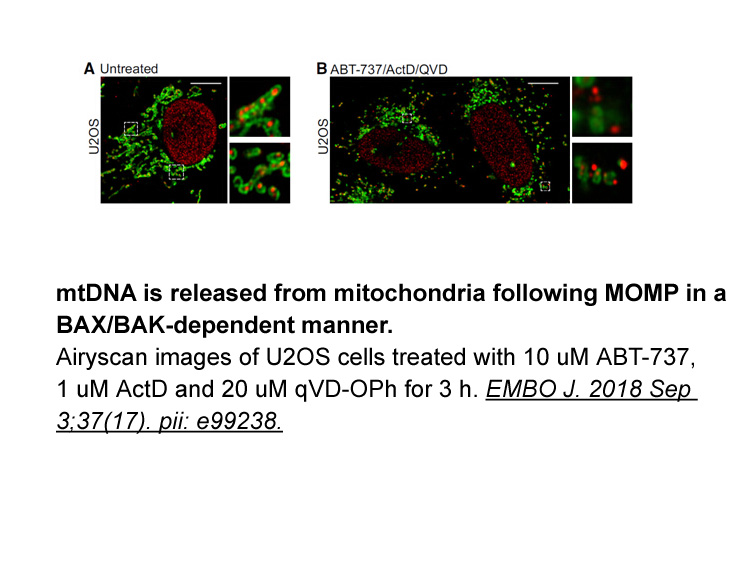
To date, little is known about mode of action or the underlying genetic basis of DEET repellency for human-biting ticks. To begin to unveil these mechanisms, we carried out behavioral assays to confirm the effectiveness of DEET as a deterrent for D. variabilis. RNA sequencing was then used to build
-
br Introduction Phosphorus P is an important nutrient for pl
2019-11-28
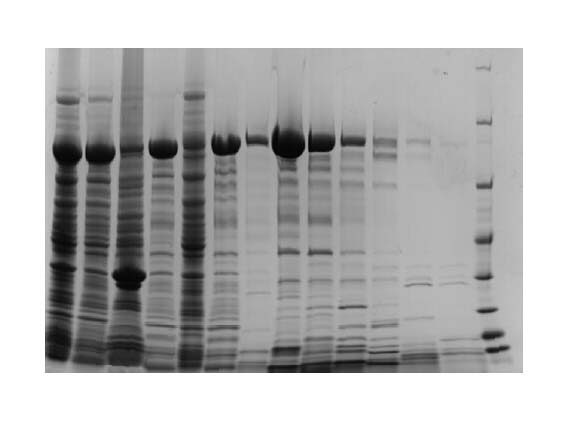
Introduction Phosphorus (P) is an important nutrient for plant growth; however, in many regions of the world soils are low in plant-available P (Holford, 1997). Therefore, P fertilisers play an important role in agriculture. Most P fertilisers in current use are derived from phosphate rock; howev
-
Overall we found that all
2019-11-28
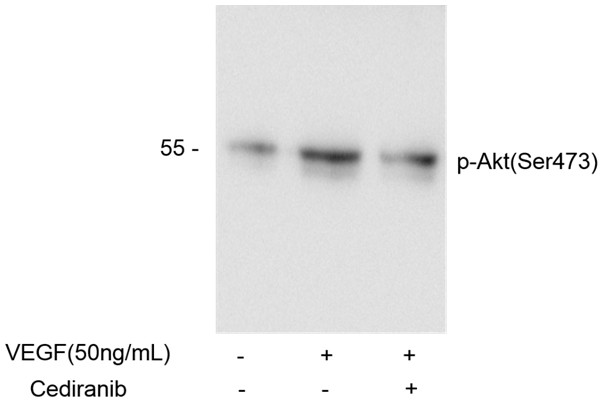
Overall, we found that all hormone treatment groups were able to learn spatial working and reference memory tasks, as shown by their performance across days on the WRAM (days 2–12, collapsed across the 4 trials) and the MWM (days 1–5, collapsed across the 4 trials). During the acquisition phase of
-
In the horse oviduct the EP receptor
2019-11-28
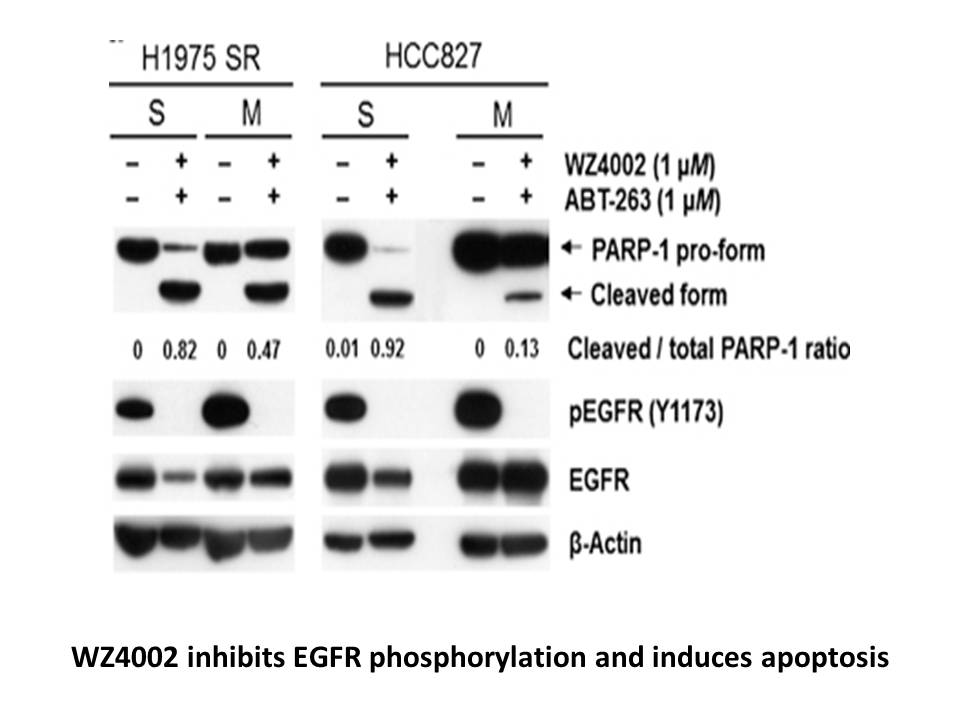
In the horse oviduct, the EP2 receptor was most strongly expressed in epithelial neostigmine mechanism of action particularly in nonciliated (secretory) epithelial cells as evidenced by IHC. Furthermore, relative amount of EP2 mRNA was greater in the ampulla than in the isthmus, although this likel
-
Drug resistance to both pathogens and cancer has
2019-11-28
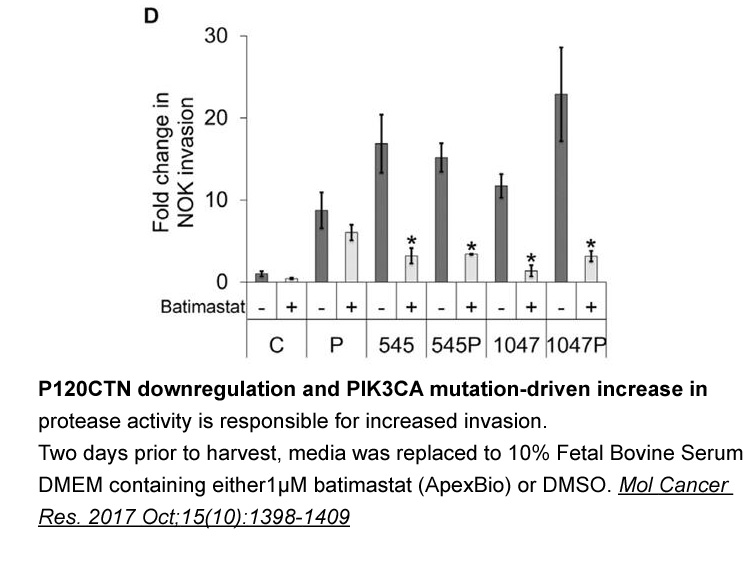
Drug resistance to both pathogens and cancer has been a big hindrance in healthcare. Integrated research undertakings are being pursued to find the exact causes of the lack of response towards drugs. Surprisingly, host pumps are the key factors in failure of most drugs. The pumps either do not allow
16014 records 942/1068 page Previous Next First page 上5页 941942943944945 下5页 Last page